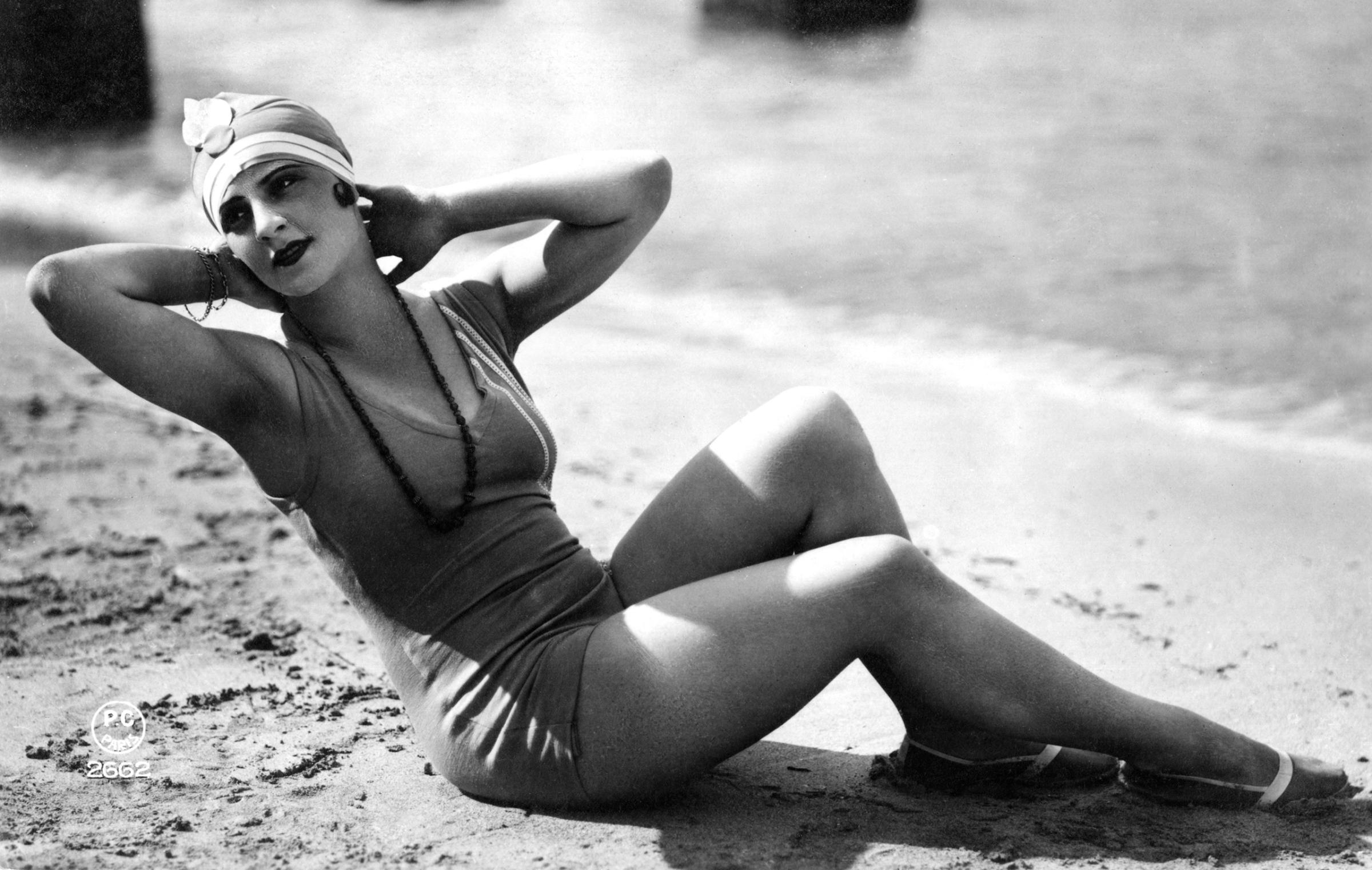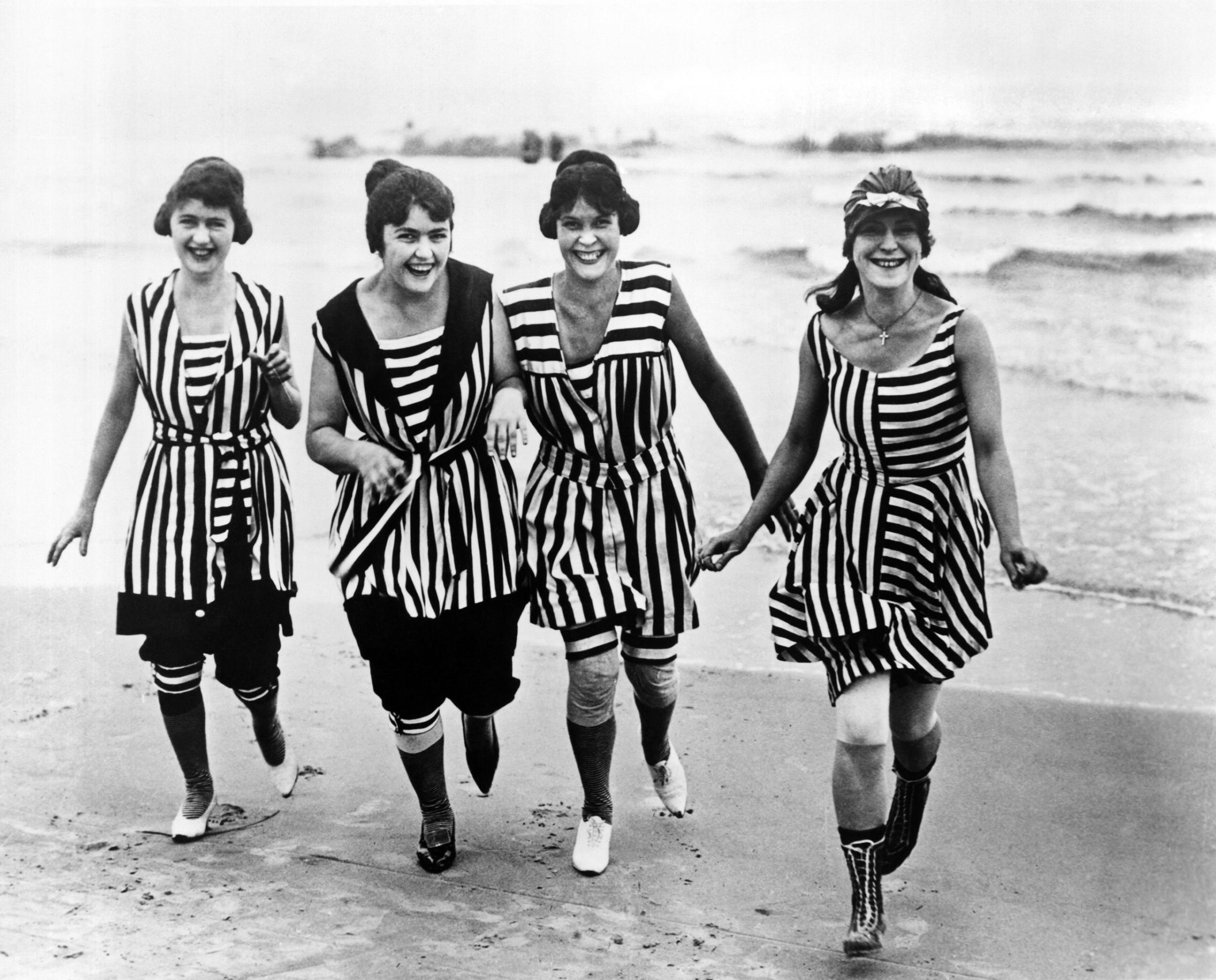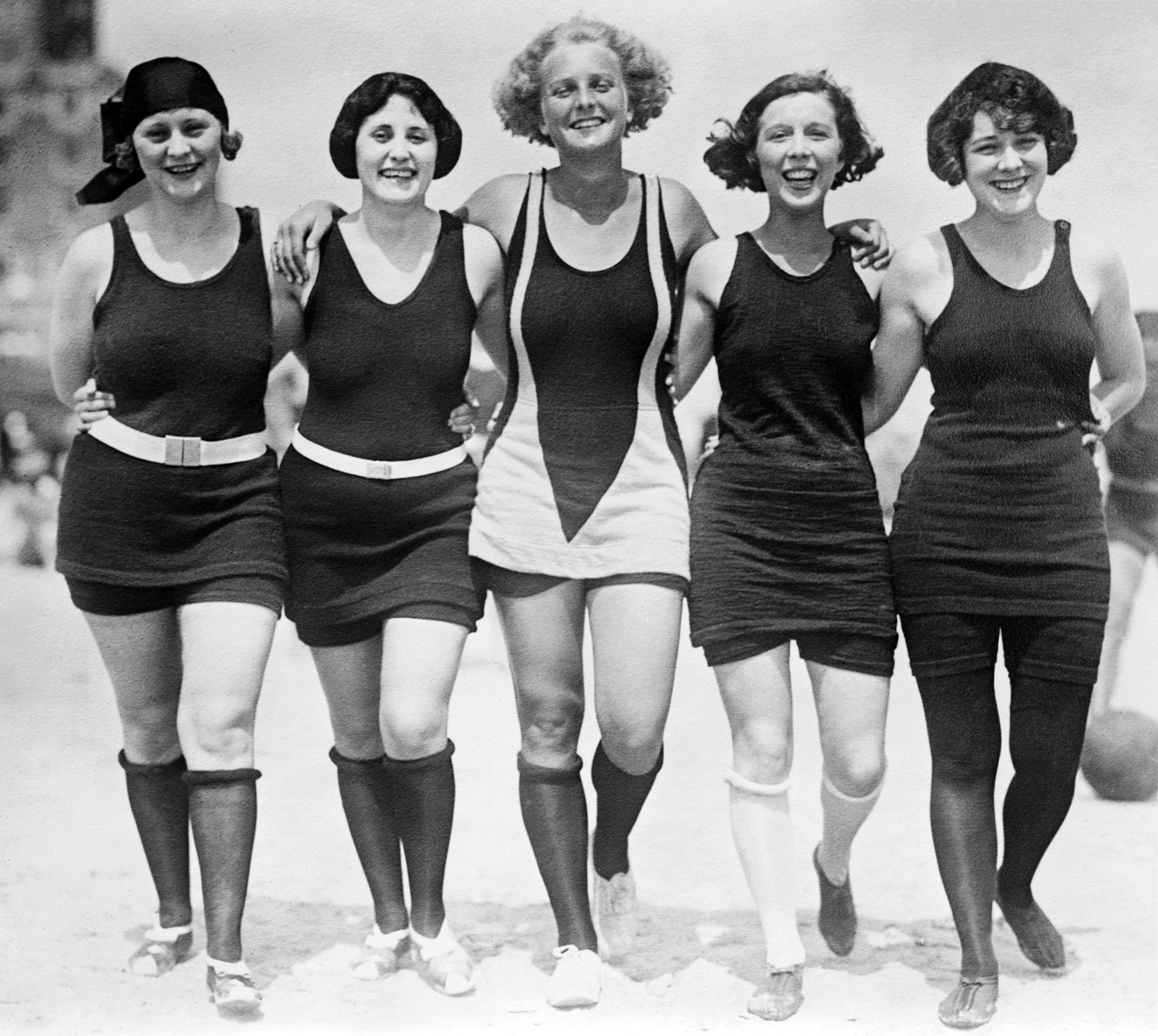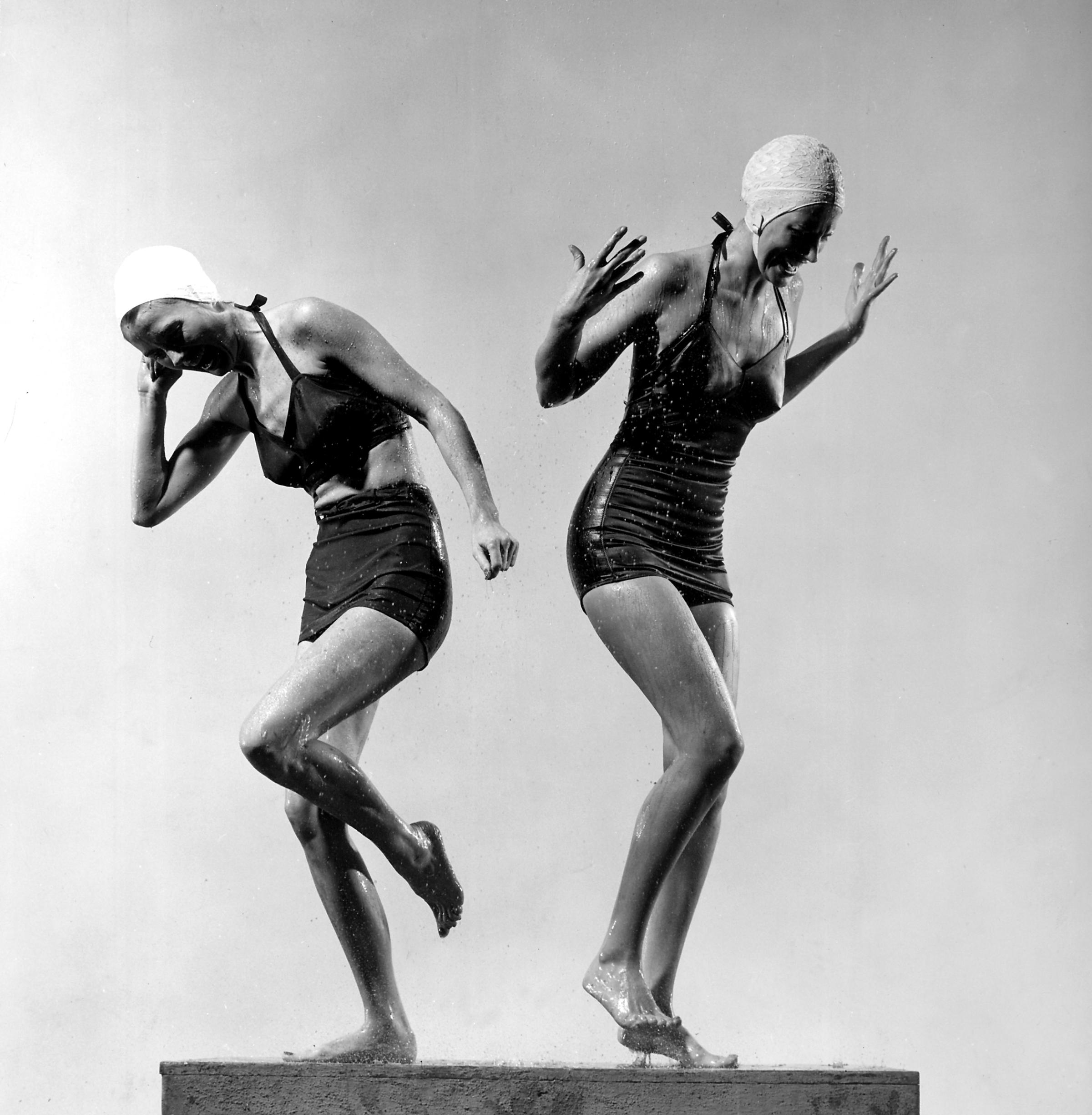
Think it’s hot at the beach these days? Imagine wearing wool, which is what the first garments we’d recognize as swimsuits were made of.
But maybe wool had its charms.
“Our forebears knew that wool offers protection against chills,” LIFE noted in a July 1, 1940, spread on the latest trends in swimsuits: that season’s brave yet “vain” women “gladly shivered for fashion’s sake” in cotton and rayon.
That’s just one of the surprising tidbits gleaned from wading through the above photos, which trace the evolution of swimsuits from Victorian-era bathing costumes to the bikini. Advances in mass transit and the spread of the idea of leisure time made the beach more accessible to more people starting in the mid-19th century, so it makes sense that that would be when bathing suits designed for leisurely swims became available. In the 1870s, swimsuits in North America involved corsets, bathing shoes and hose, according to World Clothing and Fashion: An Encyclopedia of History, Culture, and Social Influence.
Get your history fix in one place: sign up for the weekly TIME History newsletter
The sleeveless one-piece became especially popular in 1907 after police arrested Australian professional swimmer Annette Kellermann for indecency when she wore one at Revere Beach north of Boston. “By promoting swimming as exercise for women and for Olympic competition and vaudeville, Kellerman continued to influence skirtless, sleeveless beach and performance wear,” World Clothing and Fashion notes.
More form-fitting styles came out in around the 1930s with the development of new and stretchier synthetic fabrics.
Two-piece swimsuits did exist by then, but they mostly covered up the belly button until July 5, 1946, when 19-year-old French model and dancer Micheline Bernardini debuted the four fabric triangles known as a “bikini” at the popular swimming pool Piscine Molitor.
Created by Louis Reard, it made a bigger splash than a similar suit, the Atome, that had been released earlier that year by Jacques Heim. The simple reason: it used even less fabric. Both names spoke to a particular moment in history: their names referenced the development of atomic weapons. (Bikini Atoll was famously the site of atomic-weapons testing.) People at the time lived with the fearsome knowledge that nuclear war was now possible, but also with the hope that the science behind the bomb might lead to great advances. As TIME explained the significance of the timing of Reard’s invention when the bathing suit celebrated its 50th anniversary:
Two years earlier, the French had enjoyed the euphoria of liberation from the Nazi Occupation. The tiny suit was named the bikini, in honor of the tiny Pacific atoll where the U.S. was testing atom bombs….Designer Louis Reard, a onetime engineer with Renault, the car company, had been turning out modest knit bathing suits since 1925, but in 1946 he realized that with the return of peace, people would want to start enjoying themselves again.























More Must-Reads from TIME
- How Donald Trump Won
- The Best Inventions of 2024
- Why Sleep Is the Key to Living Longer
- Robert Zemeckis Just Wants to Move You
- How to Break 8 Toxic Communication Habits
- Nicola Coughlan Bet on Herself—And Won
- Why Vinegar Is So Good for You
- Meet TIME's Newest Class of Next Generation Leaders
Write to Olivia B. Waxman at [email protected]